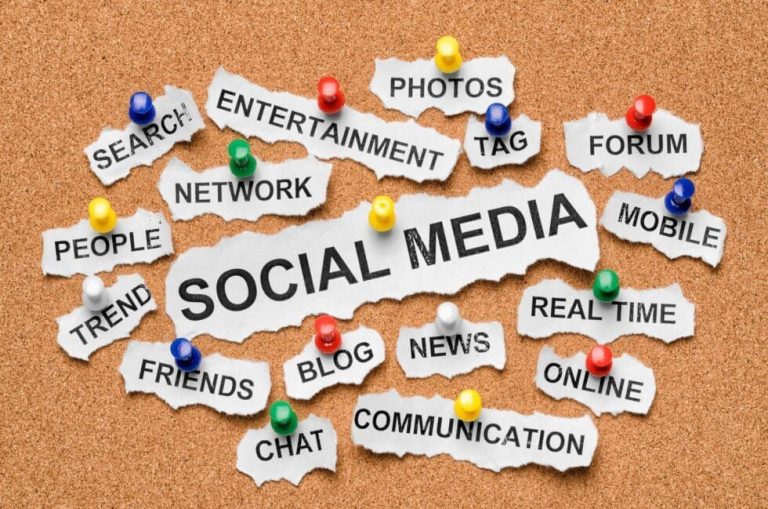Mindful Media Consumption: Building a Healthier Relationship with Digital Content
The start of a new year is the perfect time to reflect on how you spend your time and whether it aligns with what truly matters to you. One area of your life to review is your media consumption.
Did you know that the average person spends over 7 hours a day consuming digital media? From scrolling through social media feeds to binge-watching shows or endlessly clicking on news headlines, digital content has become a central part of our daily lives. While it offers incredible opportunities for learning, connection, and entertainment, our relationship with media can also lead to overwhelm, stress, and distraction.
In an age of constant connectivity, practicing mindfulness in how we engage with media is more important than ever. By becoming more intentional with our digital habits, we can regain control, focus on what truly matters, and create a healthier, more balanced relationship with the content we consume.
Understanding the impact of media overload
The sheer volume of information available at our fingertips can be both a blessing and a curse. We’ve all experienced the downsides of media overload:
- Information fatigue: Constantly absorbing content can leave us feeling mentally drained and scattered.
- Doomscrolling: The tendency to scroll through negative news, which can amplify feelings of anxiety and helplessness.
- Comparison traps: Social media often showcases carefully curated highlights of others’ lives, leading to unrealistic comparisons and self-doubt.
Research has shown that excessive media consumption is linked to increased stress, reduced attention spans, and even feelings of loneliness. As a coach, I believe that awareness is the first step to change. By recognising the impact of media on our mental and emotional well-being, we can begin to make conscious choices that align with our values and priorities.
The power of mindful media consumption
Mindful media consumption is about engaging with digital content intentionally and purposefully. It means setting boundaries, seeking balance, and ensuring that the content we consume enriches our lives rather than detracting from it. When we approach media consumption mindfully, we can:
- Improve focus: Reduce distractions and reclaim time for meaningful activities.
- Enhance well-being: Avoid the stress and negativity that often come with overconsumption.
- Nurture creativity: Create space for new ideas, hobbies, and offline connections.
Mindfulness isn’t about giving up media altogether. It’s about being selective, present, and thoughtful in how we engage with it.
Practical tips - Here are some actionable steps to help you take control of your media habits and build a healthier relationship with digital content:
- Audit your media habits - Start by reflecting on your current consumption patterns. Take a moment to ask yourself:
- What types of media do I engage with most frequently?
- Which platforms or content bring value to my life, and which feel draining?
- How much time am I spending on media each day, and is it aligned with my goals?
Awareness is key to identifying areas where you may want to cut back or make changes.
- Set clear boundaries
- Establish media-free times or zones in your day. For example, consider starting your mornings without checking your phone or making mealtimes screen-free.
- Implement a digital curfew by avoiding screens at least an hour before bedtime to support better sleep.
- Schedule "digital detox" days to reset and recharge.
2. Practice Intentional consumption
- Follow accounts or subscribe to content that inspires, educates, or uplifts you.
- Create a list of trusted news outlets to avoid getting lost in endless headlines.
- Before consuming content, ask yourself: "Why am I engaging with this? Does it align with my goals or values?"
3. Engage actively, not passively
- Instead of mindlessly scrolling, engage with content in meaningful ways. Comment thoughtfully, share insights, or start conversations.
- Limit multitasking while consuming media to ensure you’re fully present.
4. Reconnect offline
- Balance screen time with offline activities that bring joy and connection, such as spending time with loved ones, pursuing hobbies, or enjoying nature.
- Keep a list of go-to activities to turn to when you’re tempted to default to your devices.
Reflective questions to guide your journey
Self-reflection is a powerful tool for creating change. Here are some questions to help you evaluate and improve your media habits:
- How does this content make me feel? Does it uplift or drain me?
- Is this the best use of my time right now?
- What’s one small change I can make to create more balance in my media consumption?
- If I spent less time on media, what meaningful activities could I do instead?
Our relationship with media doesn’t have to be overwhelming or all-consuming. By practicing mindfulness and adopting intentional habits, we can create a healthier balance that enhances our wellbeing and aligns with our values.
What’s one step you can take today to become more mindful in your media consumption? Why not try one of the tips shared above.

©Copyright. All rights reserved.
We need your consent to load the translations
We use a third-party service to translate the website content that may collect data about your activity. Please review the details in the privacy policy and accept the service to view the translations.